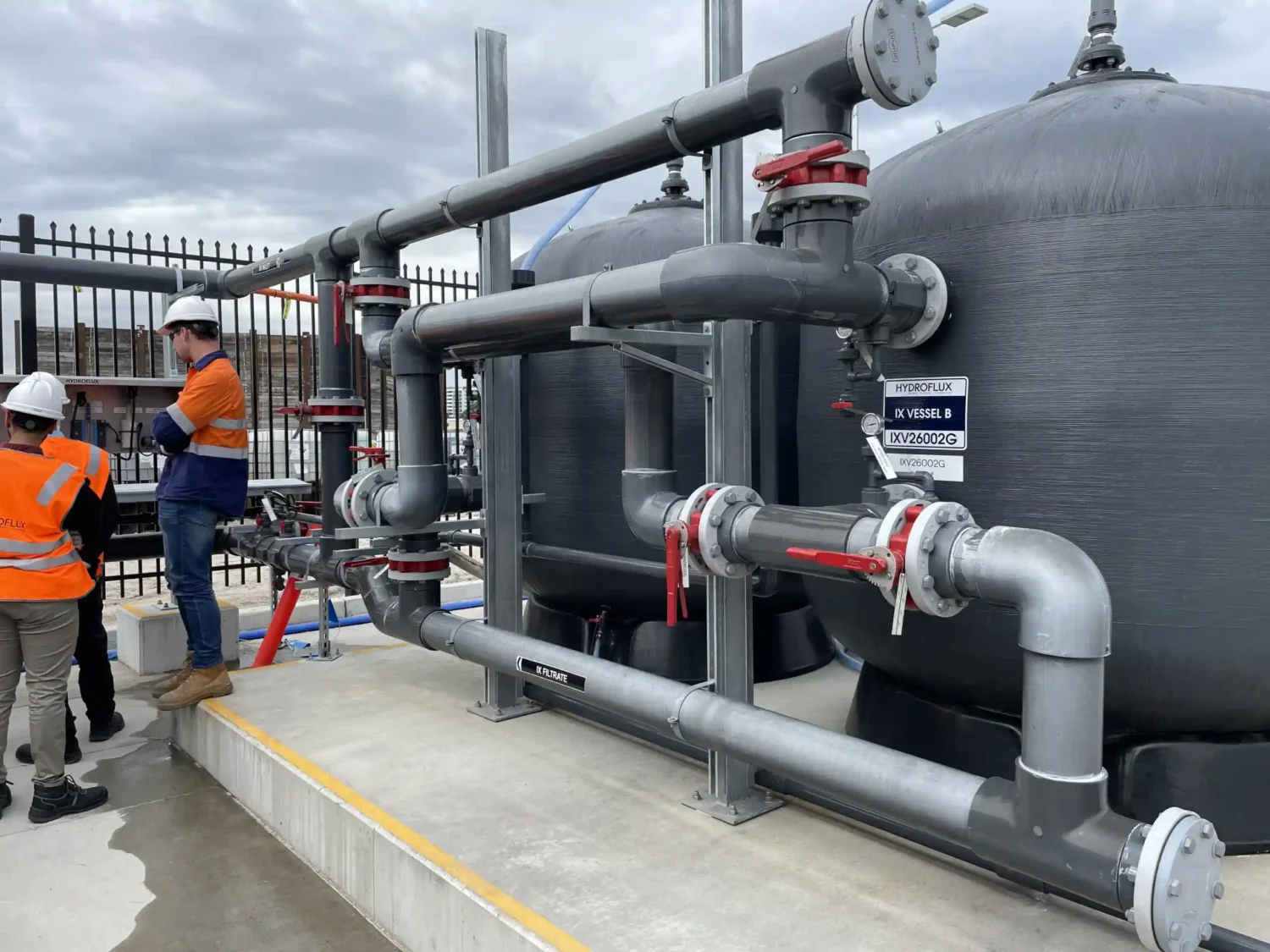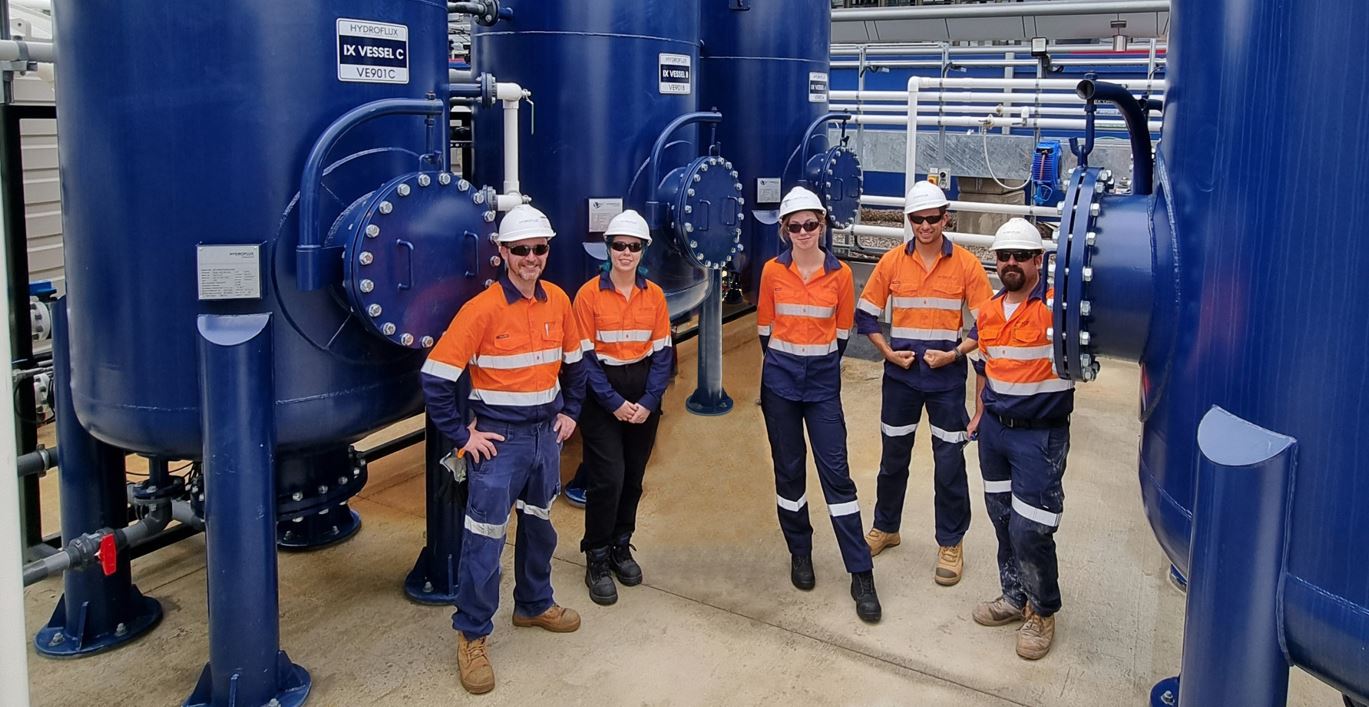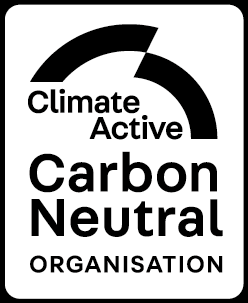
HyX® Ion Exchange
Optimise your Water Treatment Process with Hydroflux Proprietary HyX® Ion Exchange System
The HyPURE® HyX Ion Exchange systems developed by Hydroflux are designed to be compact, robust and specifically catered to each project, process and discharge requirements. Our systems are individually designed and manufactured in-house, and with over 50 installations across various industries, the HyPURE® HyX system is the leading Ion Exchange system by choice for our customers across Australia, New Zealand and the Pacific.



What is Ion Exchange
Ion exchange is a process used to remove or exchange ions (charged particles) in a solution. It typically involves passing the solution through a resin that contains active sites with exchangeable ions.
Hydroflux has an extensive range of purpose-built HyX® Ion Exchange systems for industrial applications, including:
Industrial Processes – Production of ultrapure water, demineralisation, softening or targeted removal of impurities.
Wastewater and Ground Water Treatment – Removal of heavy metals, nitrates and PFAS for discharge (trade waste, reuse/recycle and environmental discharge).
Food and Beverage Industry – Production of process water, decolourisation, demineralisation and water softening.
Resins and Configuration
Hydroflux’s HyPURE HyX range can be designed to suit any application requirement. Our most common configuration supplied with resins and fully automated include:
HyX-P – PFAS Treatment.Specialised anion exchange resins targeting perfluoroalkyl and polyfluoroalkyl substances (PFAS). Hydroflux’s HyX-P system reduces PFAS to nondetect levels on discharge.
HyX-N – Nitrate treatment. Specialised anion exchange resins for the selective removal of nitrate ions, commonly applied in industrial wastewater treatment, construction and infrastructure projects where nitrate concentrations exceed environmental discharge limits. Our HyX-N systems utilise lead-lag regeneration configurations to ensure the most efficient and cost-effective nitrate removal.
HyX-D – Demineralisation. Removes all dissolved ionic species (both cations and anions) from water. Commonly used in high-purity water production for industries like pharmaceuticals, electronics, and power generation. Automatic regeneration systems are available.
HyX-M – Heavy metals treatment. Specialised cation exchange resin targeted to remove heavy metals including Copper, Uranium, Lead, Nickel, Zinc, Cadmium, Cobalt and Iron. Frequently used in industrial and ground water treatment processes. Hydroflux’s HyX-M systems reduce heavy metals to non-detect levels on discharge.
HyX-H – Water softening (hardness removal). Removes hardness ions like calcium (Ca2+) and magnesium (Mg2+) from water. This is essential for F&B industries to pretreat the water and for heavy industries to prevent scaling in pipes, boilers, and appliances. Automatic regeneration systems are included as standard with our HyX-H systems.
Is the Hydroflux HyPURE HyX Ion Exchange system the most suitable solution?
Ion exchange is extremely effective in the removal of targeted contaminant ions and is often the most efficient and most economical treatment method on a per volume of water treated basis. In addition to our HyX range, Hydroflux offers a range of technologies often considered alternative options to ion exchange. These include our HyPURE range of activated carbon and membrane filtration systems.
The most suitable process depends on the process, existing infrastructures, target contaminants, discharge criteria, and feed water chemistry. Hydroflux can assess the most suitable technology and process for your unique projects and processes to ensure you obtain expert recommendations for each application.
Comparison of Hydroflux technologies to remove ions, salts and organics
| Parameter | Ion Exchange | Reverse Osmosis | Activated Carbon |
|---|---|---|---|
| Target | Specific ions | Dissolved salts | Organics, chlorine |
| Regeneration | Requires acids / alkalis | No regeneration needed | Requires reactivation |
| Efficiency | High for selective removal | Broad-spectrum removal | Limited to specific organics |
| Cost | Moderate (depends on resin life) | High (membrane cost) | Low (if infrequent reactivation) |
HyX Ion Exchange FAQs
Hydroflux will always select the most suitable resin based on the application however the ion exchange resins used by Hydroflux in water treatment are classified into cation exchange resins and anion exchange resins, each with strong and weak variations.
Cation exchange resins remove positively charged ions like calcium (Ca²⁺), magnesium (Mg²⁺), sodium (Na⁺), and heavy metals. Strong Acid Cation resins, containing sulfonic acid (-SO₃H) groups, are effective across a wide pH range and are commonly used for water softening and demineralisation. Weak Acid Cation resins, with carboxylic acid (-COOH) groups, are more selective for divalent cations and used for decarbonisation but do not remove sodium effectively.
Anion exchange resins remove negatively charged ions like chloride (Cl⁻), sulfate (SO₄²⁻), and nitrate (NO₃⁻). Strong Base Anion resins, with quaternary ammonium (-N⁺R₄) groups, remove both strong and weak acids and are used in demineralisation. Weak Base Anion resins, containing amine (-NH₂) groups, only remove strong acids and are effective for organic matter removal.
Specialised resins include mixed-bed resins for ultra-pure water, chelating resins for selective heavy metal removal, and macroporous resins designed to resist organic fouling.
Over time, resins become saturated with unwanted ions from the treated water, reducing their efficiency. Regeneration in ion exchange is the process of restoring exhausted resins to their original ionic form, allowing them to continue effectively removing contaminants.
The regeneration process typically involves four steps: backwashing, where water flushes the resin bed to remove trapped particles; chemical injection, where a regenerant solution (such as hydrochloric acid, sulfuric acid, or sodium hydroxide) displaces the accumulated ions; slow rinsing, allowing full ion exchange between the resin and regenerant; and fast rinsing, which removes excess regenerant before the system returns to service.
Cation exchange resins are regenerated using acids like HCl or H₂SO₄ to restore the hydrogen (H⁺) form or sodium chloride (NaCl) for the sodium (Na⁺) form, while anion exchange resins are regenerated with sodium hydroxide (NaOH) to restore the hydroxide (OH⁻) form.
Proper regeneration is essential for maintaining resin performance, ensuring high water purity, and extending the lifespan of the ion exchange system and is an inclusive component in all Hydroflux ion exchange systems.
Resin capacity measures how many ions an ion exchange resin can remove before regeneration, expressed in milliequivalents per liter (meq/L). It depends on resin type, with strong acid cation (SAC) and strong base anion (SBA) resins having higher capacities than weak acid or base resins. Water composition, including competing ions like sodium or sulfate, can reduce capacity, while regeneration efficiency ensures full restoration of exchange sites.
Other factors affecting capacity include flow rate and contact time, where high flow reduces efficiency, and environmental conditions like temperature and pH, which impact resin stability. Organic fouling, iron buildup, and resin aging also degrade performance over time. Proper regeneration, system maintenance, and periodic resin replacement help sustain efficiency and extend operational life.
Due to the relative complexity of ion exchange systems, Hydroflux will typically provide a comprehensive service and maintenance contract for its customers which often includes remote monitoring to anticipate potential issues.
Key operational considerations for ion exchange systems include pre-treatment of feedwater, which is essential to protect the resin from fouling caused by suspended solids and organic matter. Effective pre-treatment also addresses issues like water hardness (calcium and magnesium), which can reduce resin capacity. Another critical factor is the flow rate, which needs to be optimised to ensure sufficient contact time between the water and resin.
Regular regeneration is vital to restoring the resin’s capacity. The amount of regenerant used and the duration of rinse cycles should be carefully managed to ensure complete ion exchange and remove residual chemicals that might contaminate treated water. Additionally, maintaining proper pH and temperature is important for resin stability. Extreme conditions can damage resins or affect their performance. Continuous monitoring of parameters such as conductivity, pH, and ion concentrations helps ensure the system operates efficiently and meets the required water quality standards. Finally, regular maintenance and periodic resin replacement are necessary to address the natural degradation of resins over time, ensuring long-term reliability and optimal system performance.
Hydroflux has installed many ion exchange systems for the treatment of incoming water in at Food and Beverage facilities. Ion exchange is commonly used by industry to ensure high-quality water that meets safety and quality standards required for production. It is particularly effective for softening water by removing calcium and magnesium ions, which can cause scaling in equipment and affect product consistency. Additionally, ion exchange is employed for demineralisation, producing ultrapure water by removing a broad spectrum of dissolved ions, ensuring that it is free from contaminants that could alter the taste, or appearance of food and beverages.
Design and Construct Capabilities
Ion exchange systems are often integrated as part of a broader treatment process. Hydroflux has the expertise and capability to deliver design-and-construct projects which incorporate a wide range of pretreatment technologies, including dissolved air flotation (DAF), clarification, multimedia filtration (MMF), and solids handling processes as required.
Hydroflux’s team includes qualified civil, mechanical, chemical, and electrical engineers, as well as experienced project managers, site supervisors, commissioning engineers, and service technicians. All projects are carried out under externally certified occupational health and safety and environmental management systems.

Hydroflux designs and constructs comprehensive wastewater treatment systems that incorporate various types of processing equipment, including physical/chemical, biological, and tertiary treatment technologies to enable water reuse.
Our treatment technologies include our dissolved air flotation using HyDAF, HyPURE® Multimedia Filtration, HyPURE® Activated Carbon Filtration, HyPURE HyX ion exchange and HyPURE Nano, Ultra filtration and Reverse Osmosis range.
Sustainable Solutions
As Australia’s first certified carbon-neutral water and wastewater chemical supply and service business, we focus on sustainability. Developing and delivering sustainable solutions for treatment plant operation and maintenance is at the core of what we do. Our equipment is the most sustainable in the Australian and New Zealand markets and is not just effective but also carbon-neutral. Click here to find out what this means for you.

